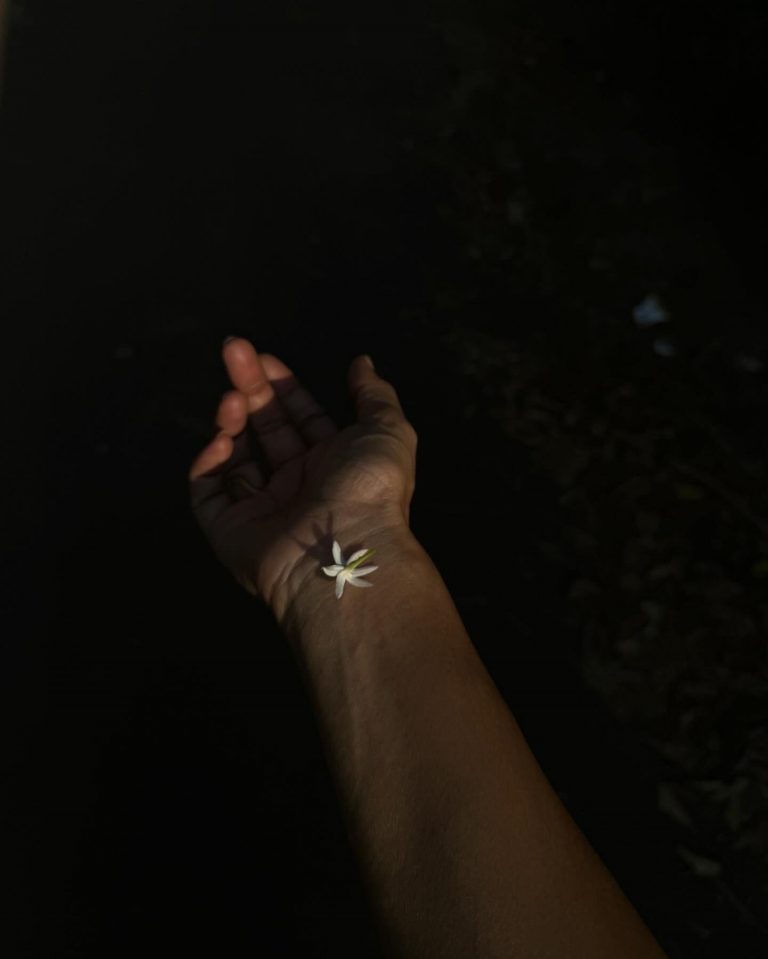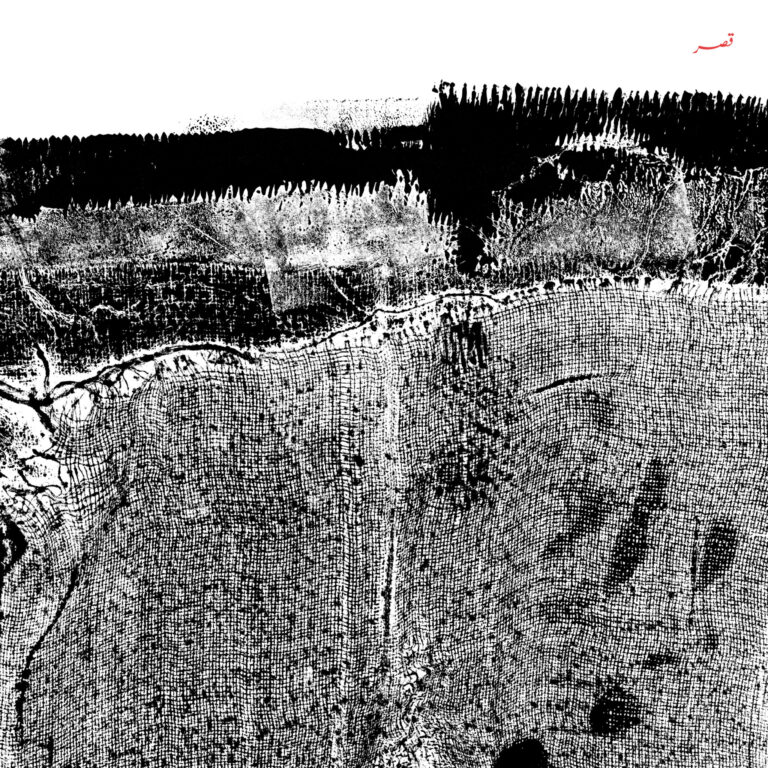parsi food and flux
If food is sanctuary, a rite of remembrance, an act of cultural preservation, it is equally a story of crossroads, one that speaks of belonging and displacement, that continually demands the ability to adapt. It is a perpetual story that can never be fully told. Trade, invasion, war, migration, globalisation, climatic calamities, food policies, gender, caste and class inequities all come together to effect diversity and flux in food, and liberate it from any sort of adherence to dubious localisms.
This is multiplied manifold when it comes to the cooking of displaced ‘immigrant’ communities. It becomes a literal moveable feast. Let us take for example, Parsi food, the food of the community to which I belong, which has always been assimilative, diluting and revising, and borrowing with every new dominion that we crossed. But first, in order to fully understand the narrative of Parsi food, it is crucial to place the community within its unique, millennium-long history in India. Up until 638 AD, the Persian Zoroastrian empire stood strong but repeated attacks by Arabs brought upon its collapse in 641 AD. At this time, the conquerors imposed their religion upon their subjects and the few who refused, resorted to flight. Small bands of insurgent Zoroastrians took the sea route to India–the proximity of India to the southern Iranian ports and ancient trade ties between the two countries made it a natural choice of refuge. These became the Parsis of India, a community that has since reframed and redefined ideas of belonging and identity constantly–a negotiation that is reflected in our rather maverick magpie cuisine.
If our original Iranian predilection towards meat, egg, fruit (especially pomegranate), dried fruits, and sweet-sour flavors was the ballast, it was weighed down by the freight of the coastline—seafood and coconuts drawn from Gujarat, on whose shores my people washed up.
A strong British influence shadows our baked custards, roast meats, and eggy sauces (saasnimacchi, say), while Maharashtra and Goa bequeathed much of their culinary vocabulary—the darnipori, for instance, is (fattened) cousin to puran poli, while the Parsis forge their own version of a vinegar-sodden vindaloo.
Fuelled by Dutch, Portuguese, and English trading communities of the 17th century, Gujarat also became an incubator for bakeries. At this time, B G Gokhale, in Surat, wrote, “The demand by European ships for bread led to the growth of the bakery industry in Broach (modern-day Bharuch in Gujarat).” The Bharuch bakeries have long shuttered, but in Surat, the Parsi-owned Dotivala still claims descendance from the Dutch bakeries of the time. Some of our finest Parsi biscuits are still found here.
Beef dishes, a staple of ancient Iran, were closeted away (as allyship with their new neighbours, rather than through any religious scripture), while chicken and mutton took their place.
Our food-inspired customs are also emissaries from our adopted homelands— for instance, the use of coconut and sugar on sacred occasions, all speak to a shared cultural compatibility, confirming that we are all affirmed by the places through which we move. In this way, you can look at food cultures almost as a sort of travel literature, of people finding common cause with their neighbours, whoever or wherever they are.
Our cooking has always been a yoke of several origins, a series of negotiations bracketed by environment and circumstance; at once an act of conservation, resilience, and assimilation. For a marginal community (no larger than 70,000 people today) required to integrate completely with a new land, these helped to identify and delineate the negotiations that the Parsis were constrained to perform. This mingling of food idioms offers up a ‘third space’ of culture; a space the Parsis have occupied for more than a millennium in India.
If we assume that such hybrid ‘immigrant’ food acts as a conduit towards a relationship with the host country, then Parsi food has cemented into full acculturation while simultaneously preserving singularity of identity. As food translates in this way to its adopted culture, barriers between the two fade as well—culinary acculturation thus transitions to cultural incorporation.
Without such hybridity, the end result can only be a narrowed utopia of the past that the present can never live up to, nor should. Besides, even if you believed in a prelapsarian past, this begs the question, at one point in time does one throw the dart that skewers a cuisine or culture in place forever?
After all, there are many reasons why foodways might be in flux. Colonialism, slavery, imperialism, forced immigration, and exile have brought staggering trauma to cuisines and cultures, divorcing marginalized populations from their ancestral practises, both through insidious and violent means.
There are also gentler, yet no less permanent ways by which the contours of our cuisine get redrawn. Many Parsis are now office-going city-dwellers, sundered from the pastoral roots of their forefathers. Fewer and fewer people want to spend time stewing over a hot stove, and with the decline of large, joint families (especially in cities), there are fewer hands to pitch in. As a result, labour and time-intensive dishes are often eschewed; malido, for example, a musky sweetmeat, luxuriant in its use of sugar, eggs, and ghee requires tremendous toil to make. Luckily, some of these dishes are still robust in community memory, and Parsi-owned shops are slowly answering the growing demand for them, thus distancing the foodways from private home kitchens to publicly-accessible spaces.
Sometimes ingredients are hard to find in cities. Toddy, for instance, is a drink enjoyed largely by rural Parsis (a thinning minority); and as a result, there is a slow erasure of a slew of dishes that use the drink as their base. Similarly, there are ‘difficult’ dishes like moody (the entire head of a goat) once privileged rather often by generations of Parsis, now snubbed by younger Parsis.
Health is also a factor: my grandfather, a factory worker and man of prodigious appetites, used to fork up malai pao, three-egg omelettes with ghaoon ni rotli, and fried boi for breakfast. This of course, is a diet unsustainable for those of us who spend our days gummed to our chairs brooding unblinkingly over a computer screen.
And Parsis abroad (undergoing multiple diasporic dislocations, so to speak) seesaw with the sway of several cultures at once, accommodating old dishes with new ingredients (no fresh pomfret or boi fish would be available to a Canadian Parsi for instance.) These mods do not alter the legitimacy or ‘authenticity’ (a problematic term in itself) of the cuisine; in fact, they echo the dynamic nature of Parsi food throughout its history.
So as much as wistfulness may compel us to hold on to an idealized past, it is also necessary to recognise that codifying and stapling any cuisine into ossification would be to flatten it under a shallow heel.
Of course this change has always been a two-way street, shaping both the Parsi culinary-scape, as well as Indian cuisine. If India has coloured every surface with its runes, the former has equally enriched its homeland; it is testament to the country’s extraordinary culinary diversity, one born of multiple inheritances. What then does it take for a community to shrug off its mantle of ‘diaspora’? Certainly, diminishing a Parsi’s Iranian roots would be a gross erasure of our past, an elision of our uniqueness. On the other hand, if food is a badge of belonging, would it not be appropriate to qualify the cuisine as purely Indian? It is difficult to make a truce between these bifocal desires, but it does beg the question (for the person and the plate)—how many years of adaptation and acculturation does it take to be considered truly Indian?



